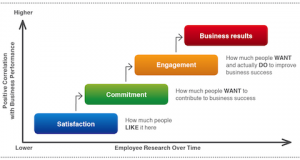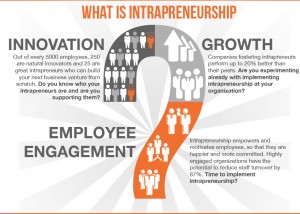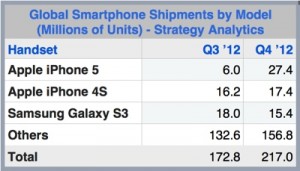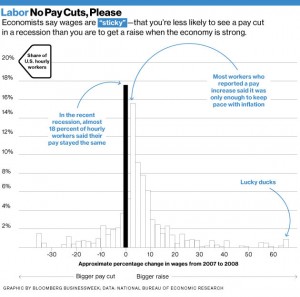“If the United Nations was fully funded why would we need the Arc or social enterprise”?
While the United Nations (UN) is undoubtedly focused on resolving economic and social issues throughout the world, I believe that its goals are generally too broad to satisfy specific needs. For instance, when faced with political issues in developing nations, the UN loosens its goal on sparking business start-ups and other forms of economic growth in those countries. Unfortunately, the UN is simply too large and deals with a variety of different problems in today’s world. Therefore, the Arc Initiative, in my opinion, does a better job of meeting smaller, more detailed demands.
The Arc was created to partner students and alumni with workers in foreign nations who are interested in business development but lack proper knowledge to act. This is why the program initiative is to foster sharing knowledge between communities by sending these students to countries such as Ethiopia and South Africa. Again, the Arc outperforms the UN in that it seeks and dives directly into the heart of the issue, which emphasizes doing more than just acknowledging a problem.
Images and References:
http://www.chnook.org/partner/the-arc-initiative/










